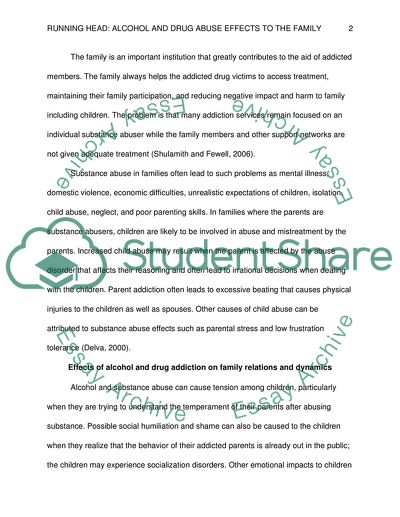Cite this document
(How Alcohol and Drug Abuse Affects Family Dynamics Term Paper, n.d.)
How Alcohol and Drug Abuse Affects Family Dynamics Term Paper. Retrieved from https://studentshare.org/social-science/1748029-how-alcohol-and-drug-abuse-affects-family-dynamics
How Alcohol and Drug Abuse Affects Family Dynamics Term Paper. Retrieved from https://studentshare.org/social-science/1748029-how-alcohol-and-drug-abuse-affects-family-dynamics
(How Alcohol and Drug Abuse Affects Family Dynamics Term Paper)
How Alcohol and Drug Abuse Affects Family Dynamics Term Paper. https://studentshare.org/social-science/1748029-how-alcohol-and-drug-abuse-affects-family-dynamics.
How Alcohol and Drug Abuse Affects Family Dynamics Term Paper. https://studentshare.org/social-science/1748029-how-alcohol-and-drug-abuse-affects-family-dynamics.
“How Alcohol and Drug Abuse Affects Family Dynamics Term Paper”, n.d. https://studentshare.org/social-science/1748029-how-alcohol-and-drug-abuse-affects-family-dynamics.


